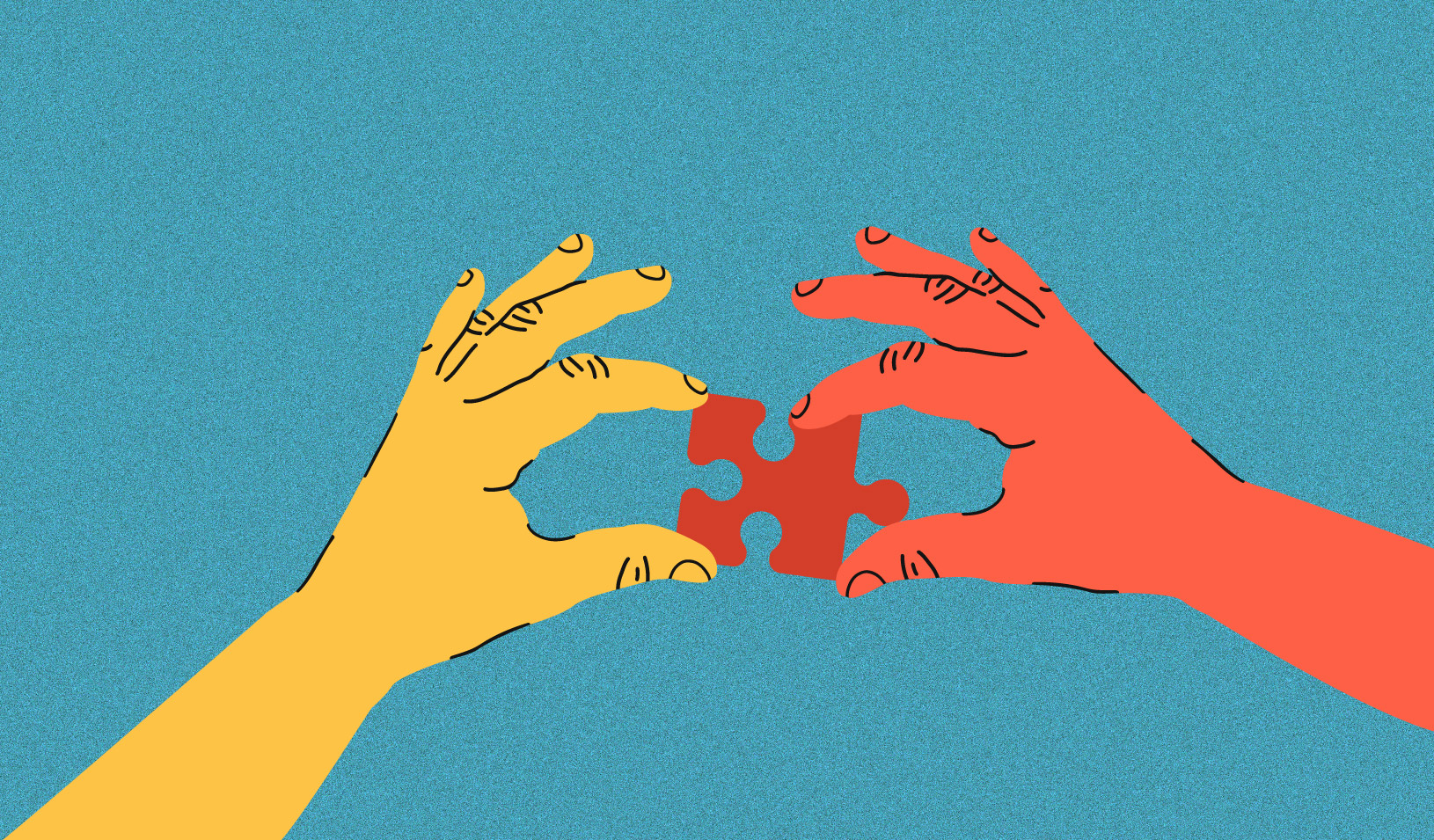Prosocial Behavior Research: Fall 2010 Column
Like companies looking for customers, many philanthropic organizations have turned to advertising to attract donor dollars. In fact, large American nonprofits spend at least $7.6 billion per year on marketing. Inevitably, charity ads attempt to inspire personal interest in their cause, which often involves placing photos of the people they serve on media materials.
With more than 800,000 charities in the United States alone competing for limited largess, organizations will want to have one important question answered: Are certain types of photos more likely to appeal to donors’ sympathy than others?

An interesting new study coming out in the Journal of Marketing Research by Deborah Small says yes. Small, a marketing professor at the Wharton School of Business, finds that photos of needy potential clients work best to stimulate giving when they depict people with sad facial expressions.
Why? Because facial expressions elicit vicarious emotions — a phenomenon Small calls emotional contagion. Show someone a happy face, and she’s likely to feel happy herself. Show her a sad face, and she’s liable to start feeling sad. “Catching” others’ feelings by responding to their facial expressions happens automatically and unconsciously.
In the case of a charity photo, then, a sad face leads observers to feel the pain of the person depicted. That, in turn, stimulates sympathy — and thus, donations to the organization that promise to help such an individual.
No other study has looked at how the phenomenon of emotional facial expression on marketing photos may influence prosocial behavior. The work is important — especially because charities tend to avoid portraying needy individuals who express sadness.

Collaborating with doctoral candidate Nicole Verrochi, Small tested the effectiveness of photos depicting children with happy, sad, or neutral emotional expressions on advertising for an organization supporting children’s cancer research. Nearly 78 percent of participants who saw the sad face on solicitation fliers after a session (which included unrelated studies) donated some of their show-up fees to the organization. In contrast, only about 53 percent of those who saw the happy and neutral faces did.
In subsequent tests, researchers were able to confirm that people looking at sad faces felt a higher level of sadness — and thus, sympathy — with the child depicted than those who looked at happy faces. They also found that when sadness was caused by something else — namely, having participants write about sad things — sad photos no longer elicited differential sympathetic responses. This affirms that emotional contagion drives the sympathetic response to a sad photo, not a general feeling of sadness.
Perhaps surprisingly, the researchers found that children’s sad faces stimulated more sympathy than happy faces when supplemental written information about the child’s illness was absent. Rather than generating more personal interest in the situation, details of children’s cancer prognosis seemed to provoke cognitive processes that in fact disrupted people’s emotional processes. In short, this verifies that emotional contagion matters most when people are not thinking too deeply.
The word, then, to marketers: The quick hit seems to be most effective when eliciting people’s sympathy. When people are thinking with their hearts, rather than their heads, they are more likely to give.
Small also cautions marketers who may become too eager to show misery as a result of the study. Sadness may only work to the extent that people feel a donation can actually alleviate suffering, she advises. An intensely sad image could instead evoke a feeling of helplessness. Thus, sadder may not necessarily be better.
The study also brings up interesting questions. Might other facial expressions, such as fear or disgust, also affect sympathy? Might the influence of expression be different for images of adult victims? How might expression effects interact with other effects, such as visible illness? Are there contexts in which a happy face might be more appropriate for eliciting the right feeling or tone for an organization? Such queries suggest areas for future research about how best to stimulate prosocial behavior in a giving context.
For media inquiries, visit the Newsroom.






